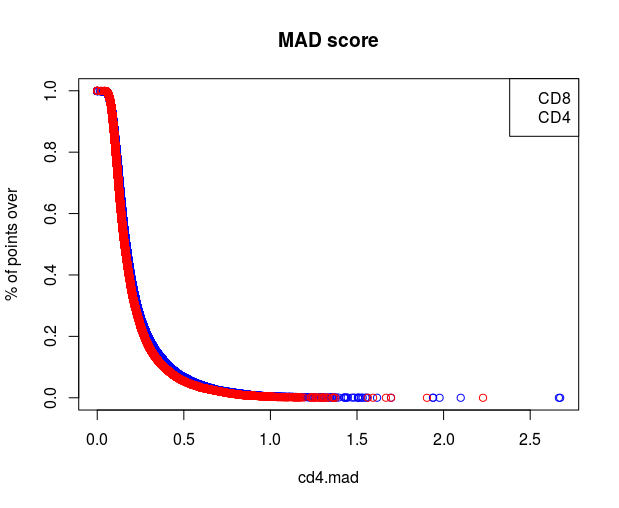I have seen this type of plots in a couple of articles, like this one (Figure 3):

The x axis is a value, and the y axis is the proportion of values above or below that value. (y axes label is incorrect as pointed in the comments)
What can be the interpretations of this plots? What are they useful for?
I can just think that the main reason is to compare the distributions of two samples or experiments, but in one article it seem to be used for filtering the values above or below the inflection point.
